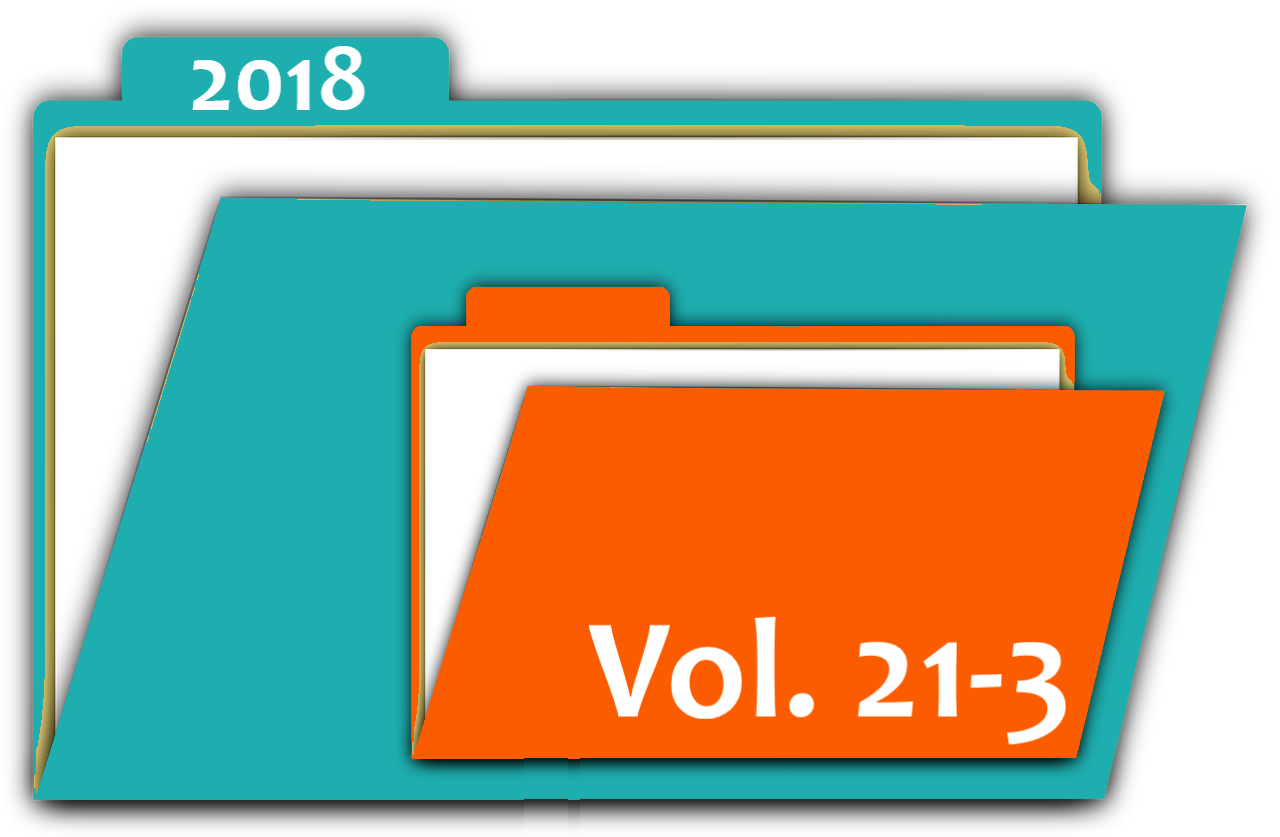The Continuum Conception of Exploration and Exploitation: An Update to March’s Theory
Abstract
In his seminal 1991 publication, March illustrates the continuum conception of exploration and exploitation by an organizational learning metaphor. Exploration involves allocating resources to experimentation. Exploitation involves doing known things better and focusing on execution. In March’s formal model, members of an organization deploy their collective human capital and engage in learning activities to fashion organizational knowledge. Collective human capital (CHC) is constituted by the aggregate beliefs of members, some of which are correctly aligned with respect to an objective external reality while others are neutral or misaligned. Organizational knowledge—constituting the validated knowledge in an organization—resides in the databases, rules, forms, norms, operating procedures and other artifacts in an organization. March’s computational experiments pertaining to the continuum conception suggest that more exploration is always preferable over more exploitation. We demonstrate that the reverse holds true when the CHC available in an organization is somewhat lower than that assumed in March’s experiments. Our research indicates that a section of extant research is mistaken in assuming that March’s formal model for the continuum conception suggests an inverted U-shaped relation between the extent of exploration and organizational outcome. Instead, the level of CHC determines whether it is rewarding to focus on exploration or exploitation. Thus, the formal model supports managerial intentionality towards exploratory and exploitative innovation through appropriate choice of the level of CHC. We call for a new “balance” discussion, focusing on the determinants of the minimum level of the non-preferred activity from among exploration and exploitation.
Downloads
Copyright (c) 2018 Sasanka Sekhar Chanda, Sougata Ray, Bill Mckelvey

This work is licensed under a Creative Commons Attribution-NonCommercial 4.0 International License.
Authors retain copyright of their work, with first publication rights granted to the AIMS.












 Published by
Published by 